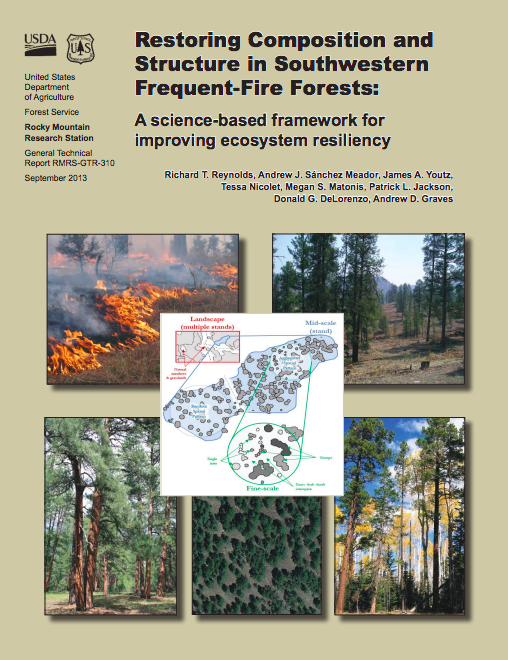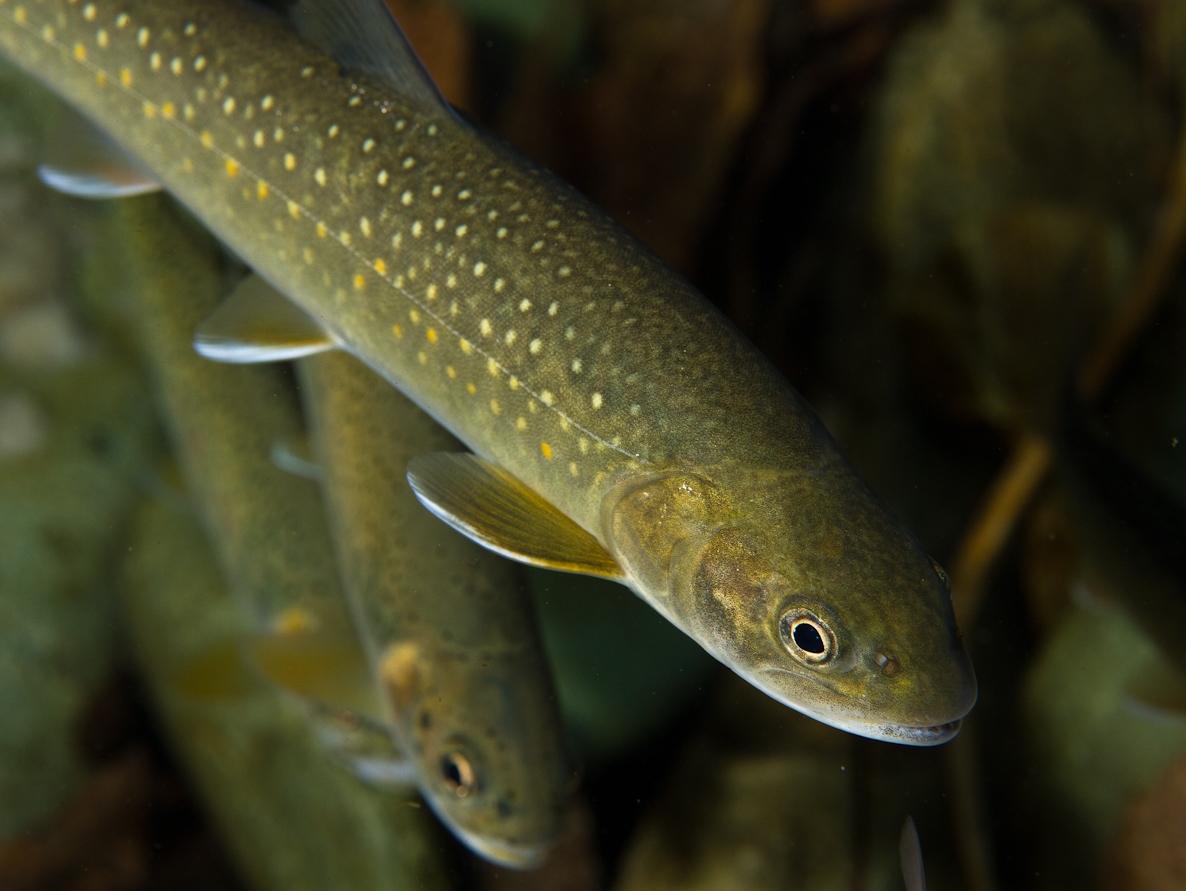Assessment of Drought Impacts on Selected Fish and Wildlife Species in the Southwestern United States
Desert bighorn sheep - Jimmy Cain
Posted by
CAKE TeamPublished
Abstract
The responses of individual species to environmental changes can be manifested at multiple levels that range from individual-level (i.e., behavioral responses) to population-level (i.e., demographic) impacts. Major environmental changes that ultimately result in population level impacts are often first detected as individual-level responses. For example, herbivores respond to limited forage availability during drought periods by increasing the duration of foraging periods and expanding home range areas to compensate for the reduction in forage. However, if the individual-level responses are not sufficient to compensate for reduced forage availability, reduced survival and reproductive rates may result.
We studied the impacts of drought on desert bighorn sheep (Ovis canadensis mexicana), American pronghorn (Antilocapra americana), Rio Grande cutthroat trout (Oncorhynchus clarkii virginalis), and scaled quail (Callipepla squamata), including assessments of individual- (e.g., desert bighorn sheep) and population-level (e.g., pronghorn, cutthroat trout, scaled quail) responses to drought.
Citation
James W Cain, Jay Gedir, Colleen A Caldwell, Scott A Carleton. (2018). Assessment of Drought Impacts on Selected Fish and Wildlife Species in the Southwestern United States.



